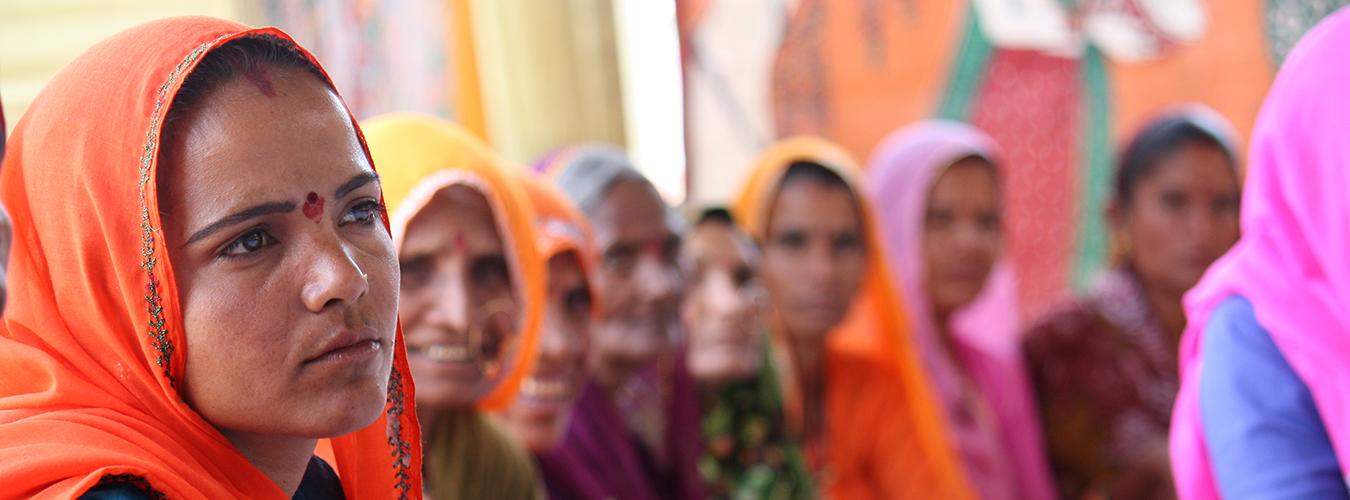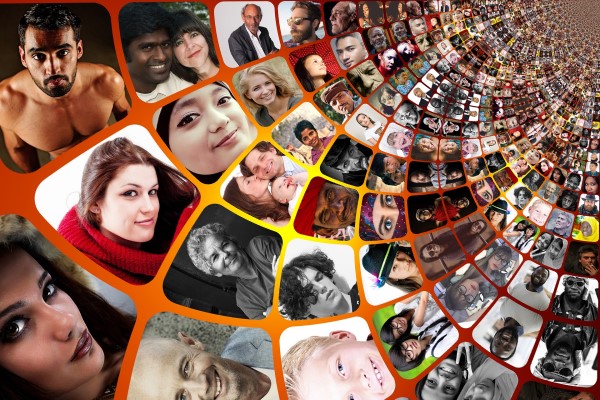World Population Day 11 July

Communities and societies are stronger and healthier when women and girls are empowered to choose if and when to build the families they want. PHOTO: UN Women/Ashutosh Negi
2023 Theme: Unleashing the power of gender equality: Uplifting the voices of women and girls to unlock our world’s infinite possibilities.
What women and girls want matters. They make up 49.7% of the global population, yet women and girls are often ignored in discussions on demographics, with their rights violated in population policies. This pervasive injustice keeps women and girls out of school, the workforce and leadership positions; limits their agency and ability to make decisions about their health and sexual and reproductive lives; and heightens their vulnerability to violence, harmful practices and preventable maternal death, with a woman dying every two minutes due to pregnancy or childbirth. We must advance gender equality to create a more just, resilient and sustainable world.
The creativity, ingenuity, resources and power of women and girls are fundamental to addressing demographic and other challenges that threaten our future, including climate change and conflict.
When women and girls are empowered by societies to exert autonomy over their lives and bodies, they and their families thrive, as the UNFPA 2023 State of World Population report illustrates. UNFPA brings its data, experience and stories to support women and girls around the world, and World Population Day gives us an opportunity to highlight the need to advance gender equality to help realize the dreams of all 8 billion of us on our planet.

World Population Dashboard
The World Population Dashboard showcases global population data, including fertility rate, gender parity in school enrolment, information on sexual and reproductive health, and much more. Together, these data shine a light on the health and rights of people around the world, especially women and young people.
World Population Trends
It took hundreds of thousands of years for the world population to grow to 1 billion – then in just another 200 years or so, it grew sevenfold. In 2011, the global population reached the 7 billion mark, it stands at almost 7.9 billion in 2021, and it’s expected to grow to around 8.5 billion in 2030, 9.7 billion in 2050, and 10.9 billion in 2100.
This dramatic growth has been driven largely by increasing numbers of people surviving to reproductive age, and has been accompanied by major changes in fertility rates, increasing urbanization and accelerating migration. These trends will have far-reaching implications for generations to come.
The recent past has seen enormous changes in fertility rates and life expectancy. In the early 1970s, women had on average 4.5 children each; by 2015, total fertility for the world had fallen to below 2.5 children per woman. Meanwhile, average global lifespans have risen, from 64.6 years in the early 1990s to 72.6 years in 2019.
In addition, the world is seeing high levels of urbanization and accelerating migration. 2007 was the first year in which more people lived in urban areas than in rural areas, and by 2050 about 66 per cent of the world population will be living in cities.
These megatrends have far-reaching implications. They affect economic development, employment, income distribution, poverty and social protections. They also affect efforts to ensure universal access to health care, education, housing, sanitation, water, food and energy. To more sustainably address the needs of individuals, policymakers must understand how many people are living on the planet, where they are, how old they are, and how many people will come after them.
Did you know?
- More than 40 per cent of women around the world cannot make decisions on sexual and reproductive health and reproductive rights.
- As few as one in four women across low- and middle income countries are realizing their desired fertility.
- A woman dies every two minutes due to pregnancy or childbirth (and in conflict settings, the number of deaths is twice as high).
- Nearly one third of women have experienced intimate partner violence, non-partner sexual violence or both.
- Just six countries have 50 per cent or more women in parliament.
- More than two thirds of the 800 million people globally who cannot read are women.








